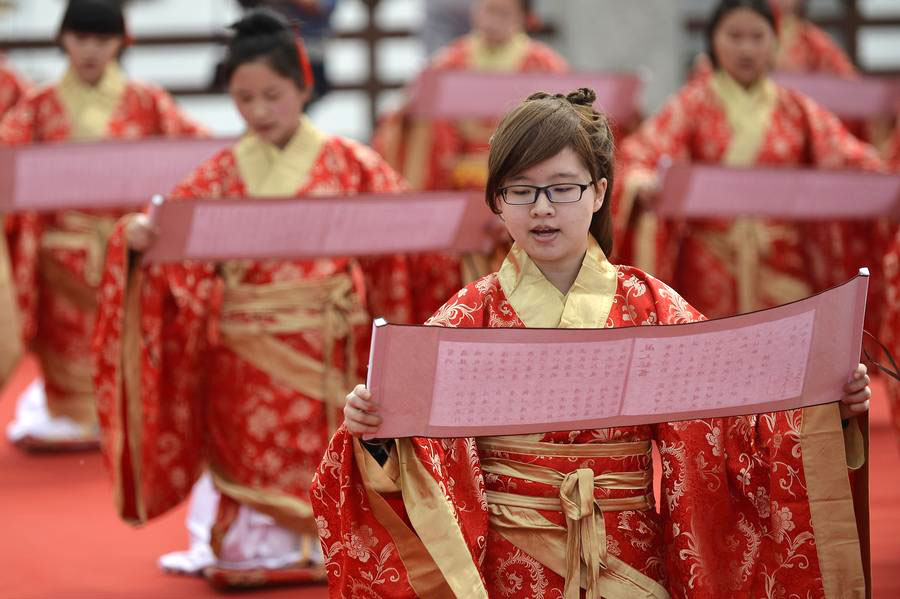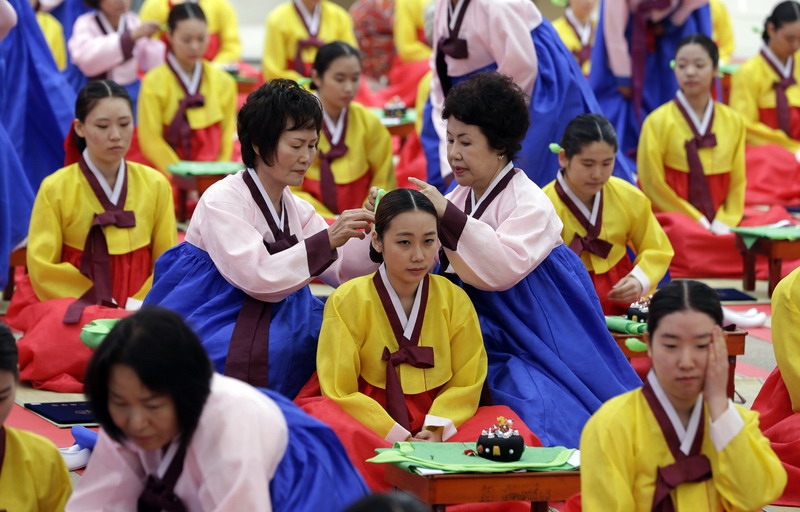
Sacred Thresholds: Unveiling the Power of Women’s Traditional Spaces and Coming-of-Age Ceremonies
Across continents and centuries, long before the advent of modern schooling or social media, societies meticulously crafted rites of passage to guide their youth into adulthood. For girls, these transitions were often anchored in sacred, women-only spaces – physical and metaphorical realms where knowledge was imparted, identity forged, and the intricate tapestry of womanhood meticulously woven. These traditional spaces and the coming-of-age ceremonies they hosted are not mere relics of the past; they are vibrant, living testaments to cultural resilience, intergenerational wisdom, and the enduring power of community in shaping a woman’s journey.
At their core, women’s traditional spaces are more than just geographical locations. They are sanctuaries of sisterhood, learning, and spiritual growth. Imagine the hushed reverence of a Maasai enkaji where elder women share stories and birthing wisdom, or the secluded grove where Apache girls undertake their Sunrise Ceremony. These spaces, whether a designated hut, a specific part of a dwelling, a communal weaving circle, or a sacred natural site, serve as vital hubs for the transmission of cultural heritage. They are places of refuge from the demands of daily life, arenas for healing, and powerful centers where women’s voices and experiences are centered and celebrated. Here, girls learn about their bodies, their roles, their spiritual connection to the land, and the responsibilities that come with maturity – knowledge often deemed too sacred or specific for the broader, mixed-gender public sphere.
The coming-of-age ceremony, often referred to as a rite of passage, is the formal mechanism through which a girl is recognized as having transitioned from childhood to womanhood. While the specifics vary wildly, these ceremonies universally aim to prepare young women for their adult roles, instill cultural values, and integrate them more deeply into their community. They are typically structured around a tripartite process: separation, instruction/ordeal, and reincorporation. The girl is first separated from her familiar environment, often secluded with elder women. During this period, she undergoes intense instruction, sometimes involving physical or emotional challenges designed to test her resilience and commitment. Finally, she is reincorporated into her community with a new status, often marked by special attire, symbols, and public recognition.
One of the most profound examples of such a ceremony is the Apache Sunrise Ceremony, or Na’ii’ees, performed for young girls in the Mescalero Apache Nation and other Apache groups in the American Southwest. This four-day ritual, traditionally held around a girl’s first menstruation, is a powerful transformation. The young woman, known as the Kinaaldá, effectively embodies "Changing Woman" – the Apache deity of creation, fertility, and healing. Under the guidance of a godmother (an elder woman chosen for her wisdom), the girl undergoes a series of physically demanding and spiritually intense rites. She runs towards the sunrise, symbolizing the journey of life, receives blessings from her community, and is "molded" by the godmother to embody the ideal Apache woman – strong, resilient, and life-giving. The ceremony instills a deep connection to her heritage, her community, and the sacred feminine, providing a foundational sense of identity and purpose that will guide her throughout her life. As one Apache elder often says, "She walks into the ceremony as a girl and emerges as a woman, blessed with the power to heal, to create, and to lead."
Across the Atlantic, in the Eastern Cape of South Africa, the Xhosa Intonjane ceremony serves a similar purpose for young women. Traditionally marking a girl’s first menstruation, the Intonjane involves a period of seclusion, sometimes lasting for weeks, within a designated hut (bhoma) or a special room. During this time, the inkazana (initiate) is under the tutelage of amakhoikhoi (elderly women). These mentors impart vital knowledge about womanhood, family responsibilities, community etiquette, sexual health, and the spiritual significance of her new life stage. She learns traditional songs, dances, and the intricacies of Xhosa social structures. The seclusion ends with a public celebration, where the inkazana emerges, adorned in specific attire, signifying her new status and readiness for marriage and motherhood. The ceremony reinforces communal bonds and ensures the continuity of Xhosa cultural values, preparing the young woman not just for her physical maturity, but for her holistic role within her society.

The central figures in these transformative processes are almost universally the older women – the grandmothers, aunts, and community elders. They are the custodians of knowledge, the living libraries of their cultures. Their role extends beyond mere instruction; they are mentors, spiritual guides, and emotional anchors. They transmit not just practical skills like weaving or cooking, but also the nuanced wisdom of navigating relationships, resolving conflicts, understanding medicinal plants, and connecting with ancestral spirits. These women hold significant social and spiritual authority within these traditional spaces, safeguarding ancient practices and ensuring that the threads of heritage remain unbroken. As Professor Joycelyn L. B. M. Lumbe, an expert on African traditional education, notes, "Elders are the living archives of our cultures. Their teachings in these sacred spaces are irreplaceable, providing a moral compass and a deep sense of belonging."
The significance of these traditional spaces and coming-of-age ceremonies cannot be overstated. For the individual, they provide a strong sense of self, purpose, and belonging. In an increasingly fragmented world, these rituals offer a powerful anchor to identity, affirming who one is and where one comes from. They equip young women with resilience, confidence, and the emotional and spiritual tools necessary to navigate the challenges of adulthood. For the community, these ceremonies reinforce social cohesion, strengthen intergenerational bonds, and ensure the preservation of unique cultural practices, languages, and worldviews. They are a collective affirmation of cultural values, a reaffirmation of the community’s identity, and a profound investment in its future.
However, these vital traditions face immense challenges in the modern era. Globalization, urbanization, Westernization, and the encroachment of dominant religious systems have led to the erosion or abandonment of many indigenous practices. Economic pressures often make it difficult for families to afford the time or resources required for lengthy ceremonies. There’s also the critical issue of harmful traditional practices, such as Female Genital Mutilation (FGM), which are sometimes erroneously conflated with empowering coming-of-age rituals. It is crucial to distinguish between traditions that uplift and educate, and those that violate human rights and cause irreversible harm. Many communities are actively working to adapt and revitalize their beneficial ceremonies, integrating elements of modern health education or shortening durations, while fiercely preserving their core spiritual and cultural integrity.
In conclusion, women’s traditional spaces and coming-of-age ceremonies represent a profound and often unsung chapter in the human story. They are vibrant expressions of cultural wisdom, designed to empower young women with knowledge, resilience, and a deep connection to their heritage. Far from being mere historical curiosities, these sacred thresholds continue to serve as crucial conduits for identity formation, community cohesion, and the preservation of invaluable cultural knowledge. As the world grapples with questions of identity, belonging, and meaning, understanding and respecting these powerful traditions offers profound lessons in how to nurture strong, confident women and resilient, culturally rich societies. They remind us that true growth often happens not in isolation, but within the embrace of a community, guided by the wisdom of those who have walked the path before.



